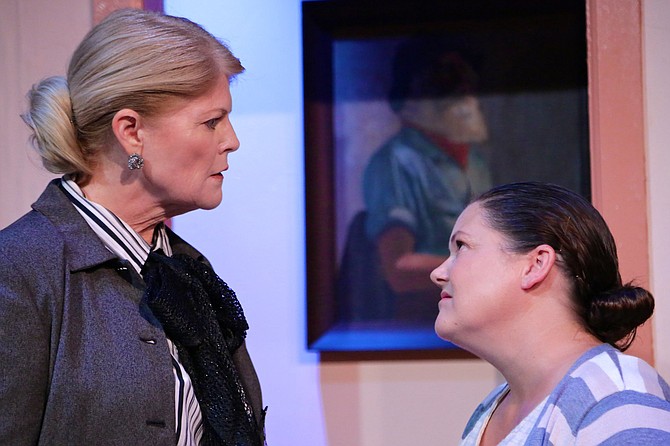 Facebook
Facebook
 X
X
 Instagram
Instagram
 TikTok
TikTok
 Youtube
Youtube

What does society feel about unmarried people over the age 45? For most of our nation’s history, the majority of the population has been married, so the democratic question has typically been: how do married people feel about unmarried people over 45?
About never married women, it has long been the tradition to feel pity. Historically, marriage was supposed to be a woman’s primary ambition, so failure to secure a husband equated to failure in life. Married women often call their weddings the happiest days of their lives, so how could we all not pity those who missed out on that experience? We even adopted a term for it, spinsterhood, which connotes dowdiness and eccentricity. The spinsters of literature are mostly suitable for eldercare and household chores for married relatives. They might sit in the attic and write rhyming poetry, keep too many cats as pets, or deliver their Christmas cards early in the season.
About never married men, that pity has often yielded to suspicion. A man’s inability to land a wife might signify deviant sexuality or perhaps flawed sexual organs. Worse yet, it could suggest an inability to provide for a family, the cardinal sin of masculinity. Yes, a few rakish charmers might be considered eligible bachelors well into their fifties, but only if they could afford to pay someone to cook and clean for them. However handsome, a middle-aged man keeping his own house has historically tipped the scales right back to pity.
Wherever the judgment lands, the net result is that generations of married folks were trained to think something must be wrong with anyone who remained unmarried late in life. And if they had a vested interest in such a person, they might try to fix it, probably by trying to correct the behavior they deemed responsible for the single status. Such is the case for the married character in the 1971 play And Miss Reardon Drinks a Little, who presumes to know best for her unmarried siblings, including her titular, drinking sister. She speaks from a position of authority, after all, having won a husband-prize.
But never-marrieds have asserted themselves in the 20th century. According to Pew Research, in 1980, only 5 percent of Americans over age 45 had never married. But by 2020, that number will be 25 percent. It’s one thing to look down upon 1 in 20, but when a quarter of the population never marries, remaining single finally has the critical mass to look like the personal life choice it is. However much drinking it might entail.
And Miss Reardon Drinks a Little plays at The Lamplighters Community Theatre until September 22.


What does society feel about unmarried people over the age 45? For most of our nation’s history, the majority of the population has been married, so the democratic question has typically been: how do married people feel about unmarried people over 45?
About never married women, it has long been the tradition to feel pity. Historically, marriage was supposed to be a woman’s primary ambition, so failure to secure a husband equated to failure in life. Married women often call their weddings the happiest days of their lives, so how could we all not pity those who missed out on that experience? We even adopted a term for it, spinsterhood, which connotes dowdiness and eccentricity. The spinsters of literature are mostly suitable for eldercare and household chores for married relatives. They might sit in the attic and write rhyming poetry, keep too many cats as pets, or deliver their Christmas cards early in the season.
About never married men, that pity has often yielded to suspicion. A man’s inability to land a wife might signify deviant sexuality or perhaps flawed sexual organs. Worse yet, it could suggest an inability to provide for a family, the cardinal sin of masculinity. Yes, a few rakish charmers might be considered eligible bachelors well into their fifties, but only if they could afford to pay someone to cook and clean for them. However handsome, a middle-aged man keeping his own house has historically tipped the scales right back to pity.
Wherever the judgment lands, the net result is that generations of married folks were trained to think something must be wrong with anyone who remained unmarried late in life. And if they had a vested interest in such a person, they might try to fix it, probably by trying to correct the behavior they deemed responsible for the single status. Such is the case for the married character in the 1971 play And Miss Reardon Drinks a Little, who presumes to know best for her unmarried siblings, including her titular, drinking sister. She speaks from a position of authority, after all, having won a husband-prize.
But never-marrieds have asserted themselves in the 20th century. According to Pew Research, in 1980, only 5 percent of Americans over age 45 had never married. But by 2020, that number will be 25 percent. It’s one thing to look down upon 1 in 20, but when a quarter of the population never marries, remaining single finally has the critical mass to look like the personal life choice it is. However much drinking it might entail.
And Miss Reardon Drinks a Little plays at The Lamplighters Community Theatre until September 22.
Comments